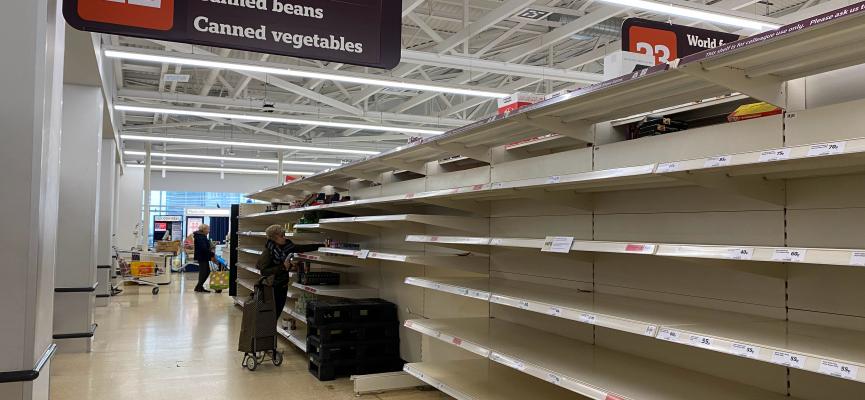The COVID-19 pandemic has meant that everyone has had to adapt to the new normal. One of the areas where a rapid response to the changing circumstances has been most necessary is grocery shopping. Looking at how my local supermarket has been constantly improving their click and collect service over the last few weeks gives a great demonstration of how agile, iterative improvements can work in practice.
It's fair to say that when the COVID-19 pandemic first began to hit, many people were caught on the back foot and supermarkets were one of the first to feel the effects. Panic buying led to empty shelves and chaotic stores, online delivery slots were impossible to get and large parts of their workforce were off self isolating. With all of this they had no alternative but to adapt the way they do things.
One element of their response has been a rapid increase in the number of online delivery and click and collect slots which were made available. In less than a month Sainsbury's increased online capacity by around 50%, whilst prioritising their most vulnerable customers. Since then, they’ve continually made changes to the way they run their click and collect service to improve the customer experience whilst increasing the availability.
Constant improvement
Since capacity increased and I started using click and collect a few weeks ago, I’ve noticed constant improvements to the system every time I’ve been.
To start with the area where orders can be collected from, once you found it in the car park, was marked out with a few traffic cones and red tape and customers could come from any direction and park anywhere. The following week, signage had appeared around the car park directing you to the right place so all customers would arrive from the same direction. The normal parking spaces which you could use were then marked out into dedicated double-width bays to allow you to get out of your car and move around whilst maintaining social distance.
Over the weeks the bays were changed so that you could park, load up your shopping and drive out forwards, keeping the whole system one-way and avoiding anyone having to reverse into the area where staff were delivering shopping to people’s cars. The cones and tape were replaced by metal barriers and the bays numbered.
Customer’s are now greeted by a (socially distanced) team member with a clipboard who’ll check you off the list, assign you to a numbered bay and within minutes your order will arrive at your car.
The constant, iterative improvements to the supermarket’s click and collect system has meant that the time required for each pick up has been reduced, freeing up capacity for more people to make use of it.
Lessons to learn
The cycle of constantly looking for ways to improve a service or a product is a key part of agile project management. It allows you to rapidly learn what is and isn’t working and make incremental improvements.
In this example it means that more people are able to get a click and collect slot with Sainsbury’s, which eases pressure on the rest of their infrastructure. For a website, it might be constantly reviewing the payment experience for your users to find ways of making it even easier for them which will, in turn, improve your conversion rates.
With everybody having to adapt to the new normal, the organisations which thrive will be those who are able to rapidly adapt to the constantly changing circumstances. Agile can provide ways of working which can help make that happen.
Photo by John Cameron on Unsplash




